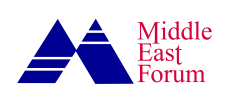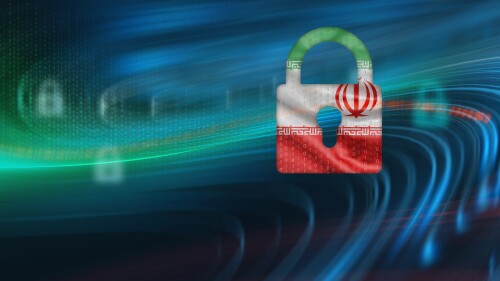Amid Israeli warnings of a possible second air campaign, the Islamic Republic launched two-day military drills in the Persian Gulf and Indian Ocean on August 22, 2025. Military commanders said the exercises focused on short-range weapons, aimed at sending a signal to Persian Gulf states and demonstrating Iran’s resolve to close the Strait of Hormuz.
The Tehran-based Rouydad 24 quoted Islamic Revolutionary Guard Corps spokesmen as saying: “Testing missiles with a range of less than 500 kilometers [300 miles] at sea is another warning from Iran, directed at Gulf states and the Strait of Hormuz. Throughout the June war, Iran repeatedly threatened to close the Strait of Hormuz, the passageway for more than 20 percent of the world’s oil.”
[Iranian] officials and ordinary citizens are well aware that Tehran has no credible defense against Israeli air power.
In recent days, Iranian officials have spoken with certainty about an impending second Israeli strike, following threats from Israeli Prime Minister Benjamin Netanyahu and other Israeli leaders. Both officials and ordinary citizens are well aware that Tehran has no credible defense against Israeli air power. During June’s assault, not a single Iranian warplane challenged Israeli jets, while Israel wiped out the country’s air defenses.
Israel now dominates Iranian airspace. Supreme Leader Ali Khamenei, 85, has remained in hiding since the June attack. Israel also crippled Iran’s ballistic missile arsenal, destroying many launchers and relentlessly bombing underground facilities.
In response, Tehran appears to have turned to its last card—threatening retaliation against Persian Gulf neighbors with the hope that they might pressure Israel and the United States to halt a new, potentially even more devastating campaign. Iranian reports about the drills highlighted missiles and drones with ranges of 250-310 miles, weapons clearly intended for Persian Gulf targets rather than Israel.
Inside Iran, the domestic situation remains tense under the weight of power cuts and water shortages. Protests erupted in Shiraz, the capital of Fars Province, and in a nearby city of Kazeroun on August 21. Demonstrators gathered outside government offices demanding public services and condemning Tehran’s funding of Gaza and Hezbollah. Crowds chanted the familiar slogan, “Neither Gaza nor Lebanon—my life for Iran,” as eyewitnesses said security forces refrained from intervening.
Reports also surfaced of a clash in Tehran between young protesters and motorcycle riot police, though no videos emerged to confirm it. Activists on social media urged residents of other cities to join the Shiraz protests. The coming days will show whether the unrest spreads or fades as an isolated event.
One opposition social media influencer with 45,000 followers claimed regime insiders told him that “all armed forces in the country remain on full alert.” According to his account, commanders issued new orders to operational units, equipped them with handcuffs, batons, firearms, pepper spray, and stun guns, and instructed them on the use of both cold and live weapons.
If the United Nations restores its economic sanctions, Washington’s existing measures will gain added force.
On the diplomatic front, Iranian Foreign Minister Abbas Araghchi held talks with European diplomats on August 22 regarding nuclear sanctions. Britain, France, and Germany have warned that they soon may activate the United Nations “snapback” mechanism, which would reimpose suspended sanctions because of Iran’s noncompliance with the 2015 Joint Comprehensive Plan of Action. Iranian media reported that Araghchi pressed for the suspension of some sanctions as a condition for any deal—an Iranian demand repeated in every round of talks.
If the United Nations restores its economic sanctions, Washington’s existing measures will gain added force. Countries that quietly facilitate Iran’s illicit oil trade and financial transfers would come under new pressure to comply. Such a move would choke Tehran’s already crippled revenues and intensify its worsening economic crisis.







